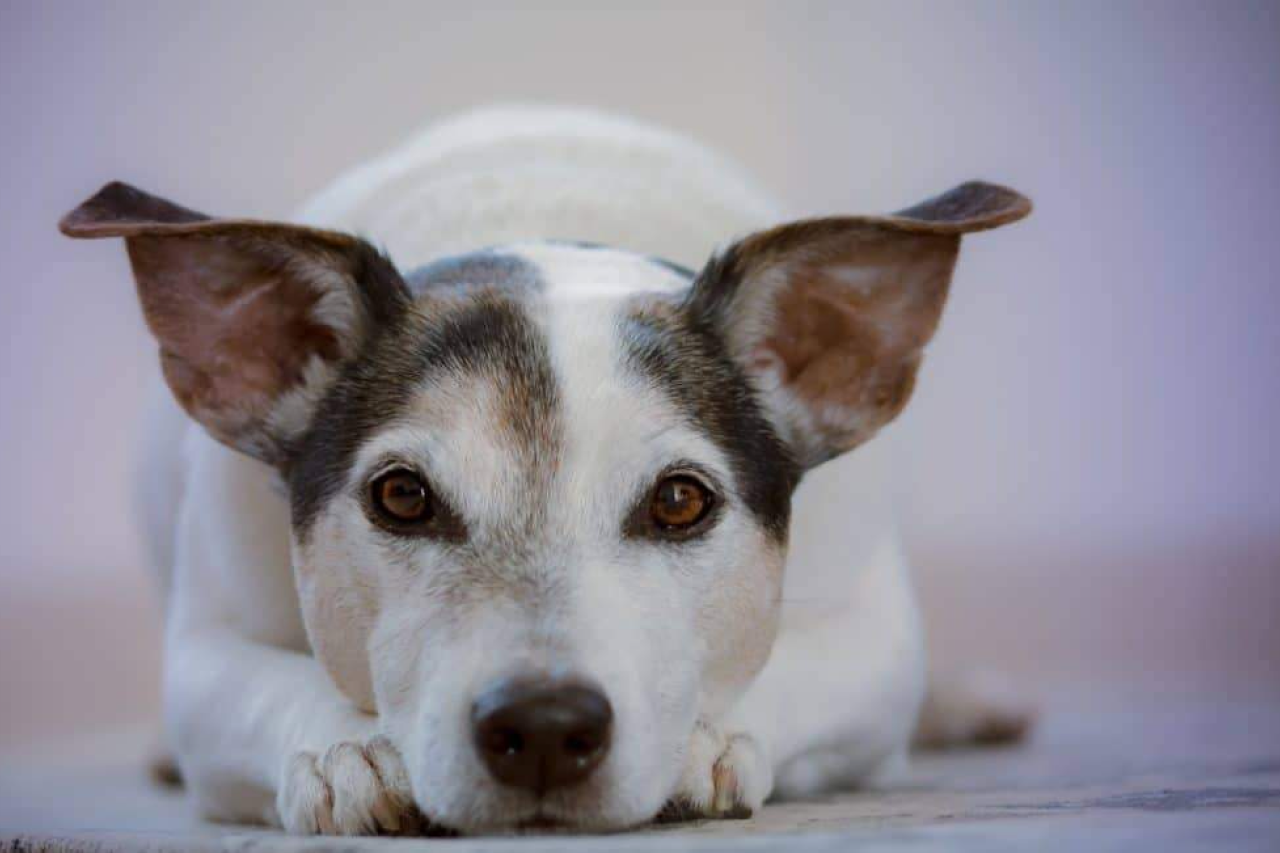
How to Clean a Dog's Ears Without a Lot of Fuss
Ear cleaning probably isn't the first thing that comes to mind when you think of dog grooming. But it's a very important part of your dog's care routine.
If you don’t know how to clean a dog’s ears and how often to do it, ear wax can build up, grime and dirt can become trapped in the ear, and the chance for a dangerous ear infection goes up. Regular ear cleaning is the best way to make sure your dog's ears stay healthy and your dog's hearing and overall health aren't impaired in any way.
Some dogs are more prone to ear trouble than others, so they might need more frequent ear cleanings. By understanding your dog's ears and knowing how to clean them properly, you'll be able to keep everything in great shape in between your dog's routine checkups at the vet's office.
Let's take a closer look at your dog's ear anatomy, how ear infections work, and how to clean your dog's ears safely and effectively.
Your Dog's Ear Anatomy
Generally speaking, the dog ear works in a similar way to the human ear. When you understand the anatomy of your pooch's ears, cleaning becomes a lot easier. Your pooch's ears consist of four main parts: The outer ear flap, the ear canal, the eardrum, and the inner ear. Here’s how to identify each part:
- The outer flap of your dog's ear is called the pinna. Of course, the pinna might look completely different from dog to dog — there are many variations of ear flaps in our canine companions. The pinna flops down for some dogs, while it stands up at all times in other breeds. Since floppy ears tend to restrict airflow to the ear canal, floppy-eared breeds like basset hounds and cocker spaniels are generally more prone to ear infections and other ear problems.
- The ear canal starts just inside the ear opening, and travels down the side of the head before taking a turn inward. The ear canal contains glands that secrete ear wax and oils, known as sebum, into the ear. For this reason, the ear canal is where wax buildup tends to become a problem.
- The ear canal ends at the eardrum, also known as the tympanic membrane. The eardrum is a thin piece of tissue that vibrates when sound waves reach it. That sends signals to your dog's brain to create the sense of hearing.
- Past the eardrum comes the middle ear area followed by the inner ear. These areas contain complex structures that control your dog's hearing and balance. If an ear infection goes too long without treatment, it's possible for it to cause damage to the inner ear. That can lead to hearing loss and disruption of balance, sometimes leaving a dog with permanent damage.
Ear Infections in Dogs

While an ear infection isn't the only ear problem that a dog can experience — injury, foreign objects lodged in the ear, and ear mite infestations are just a few other examples — it is one of the most common. An ear infection is something that should be diagnosed and treated by a veterinarian, so let your vet know as soon as you think something is amiss with your four-legged friend's ears.
Signs of an Ear Infection
The signs of an ear infection are usually fairly obvious — you'll be able to tell that something is wrong with your companion's ears. Signs of an ear infection include:
- Discharge coming from the ear
- Odor coming from the ear
- Shaking of the head
- Redness and/or inflammation in the ear canal
- Scratching, pawing, or rubbing at the ears, possibly accompanied by whining
- Sensitivity around the ears
- Swelling around the ears
Since ear infections can wind up being quite painful for your dog, it's important to get the issue dealt with as soon as you notice symptoms.
Dealing With an Ear Infection
If you notice any of the above symptoms in your dog, don't try to deal with the problem yourself. Ear infections are a serious medical issue that should be treated by a veterinarian. Don’t try to clean out your dog's ears with a Q-tip or piece of tissue. It might only cause more pain and make the issue worse. Plus, your veterinarian might be able to use that discharge to make a diagnosis. Your veterinarian will most likely ask about the history of your dog's ear symptoms, and whether or not your pup suffers from allergies. (Allergies can cause ear problems, too.) After a thorough physical examination of the ears, and perhaps other tests like tissue cultures, your vet will be able to definitively diagnose an ear infection and set about administering treatment. Most of the time, treating an ear infection will involve giving your dog topical or oral antibiotics to resolve the infection along with a pain medication to help keep your dog comfortable. The majority of ear infections will be cleared up in a week or two, but it's possible that complete recovery may take months.
Cleaning Your Pooch's Ears

Cleaning your dog's ears on a regular basis will make infections far less likely. Luckily, ear cleanings can be done fairly easily when you have the right tools and know the proper procedure.
Preparing for Cleaning
Gather everything you'll need for your dog's ear cleaning. That includes:
- A mild ear cleaning solution designed for use on pets. Avoid using hydrogen peroxide, alcohol, or vinegar, as these substances can irritate the skin and ear canal even further.
- Several cotton balls to wipe out wax, debris, and other gunk found in the ears. If you have a dog with smaller ears, you might consider tearing the cotton balls in half.
- A few dog treats to reward Fido when you're all done.
Veterinarians usually caution against using cotton swabs (also known as Q-tips) in your dog's ears. That's because these products might inadvertently push wax or dirt further down the ear canal, rather than drawing it out. If you aren't careful, you could damage the eardrum or the delicate inner structures of the ear. Once you have everything you need, sit down with your dog in a quiet, well-lit area of your home to begin.
How to Clean a Dog’s Ears
Follow these simple steps to effectively and safely clean your dog's ears:
- Select one ear to start with. Grasp the outer ear flap and hold it up to expose the ear canal. You might want to have a family member or friend hold your dog steady during this process.
- Still holding up the ear flap, gently squeeze a small bit of the ear cleaner into your dog's ear. Try to avoid touching the tip of the bottle to your dog's ear, because this will help minimize the spread of any bacteria or yeast.
- Still holding the flap, begin gently massaging the base of the ear with your other hand. Continue for about 30 seconds or so. This movement works the cleanser deeper into your pet's ear to break up wax and debris.
- Take one of your cotton balls and wipe around your dog's inner ear flap and the opening of the ear canal to remove debris and excess cleaning solution. Don't force the cotton deep into the ear canal — only go as far as your finger will allow.
- Allow your dog to shake their head. This helps to draw out any remaining gunk in the ear canal and move it into the outer ear flap area. Then, you can wipe away any debris again with your cotton balls.
- Give your dog a treat for a job well done.
- Repeat the entire process on the other ear.
If your dog seems to be in pain at any point during the ear cleaning process, stop and call your veterinarian to find out how to proceed.
Now Hear This: How to Clean a Dog's Ears Successfully
Ask your veterinarian how often an ear cleaning may be necessary for your dog. How frequently you clean your pooch's ears can depend on your dog's breed and ear type, their particular coat of fur, and their age and activity level. When you clean your pup's ears on a regular basis, taking care to be gentle and not get too far into the ear canal, you're keeping your dog's ears as healthy as possible. That means you're saving yourself and your dog a lot of worry, pain, and hassle.




























